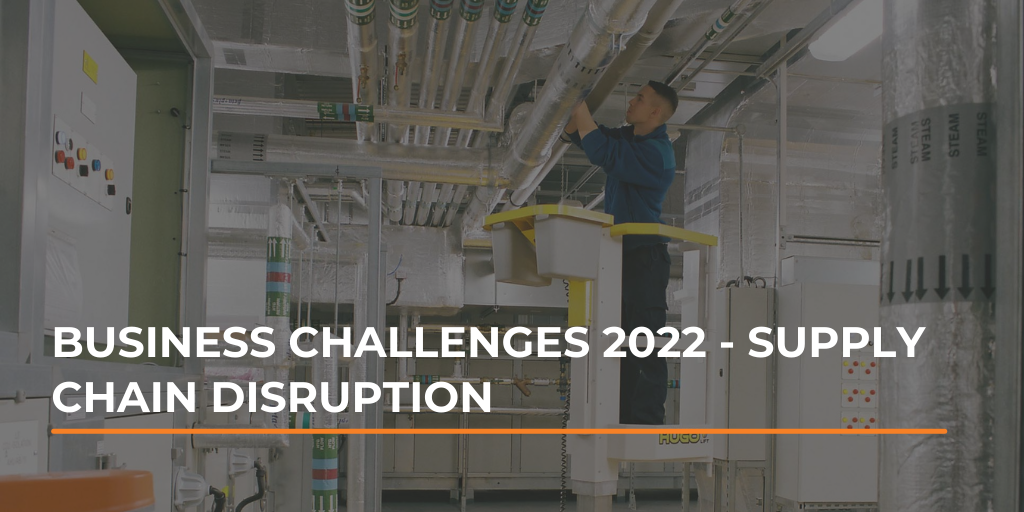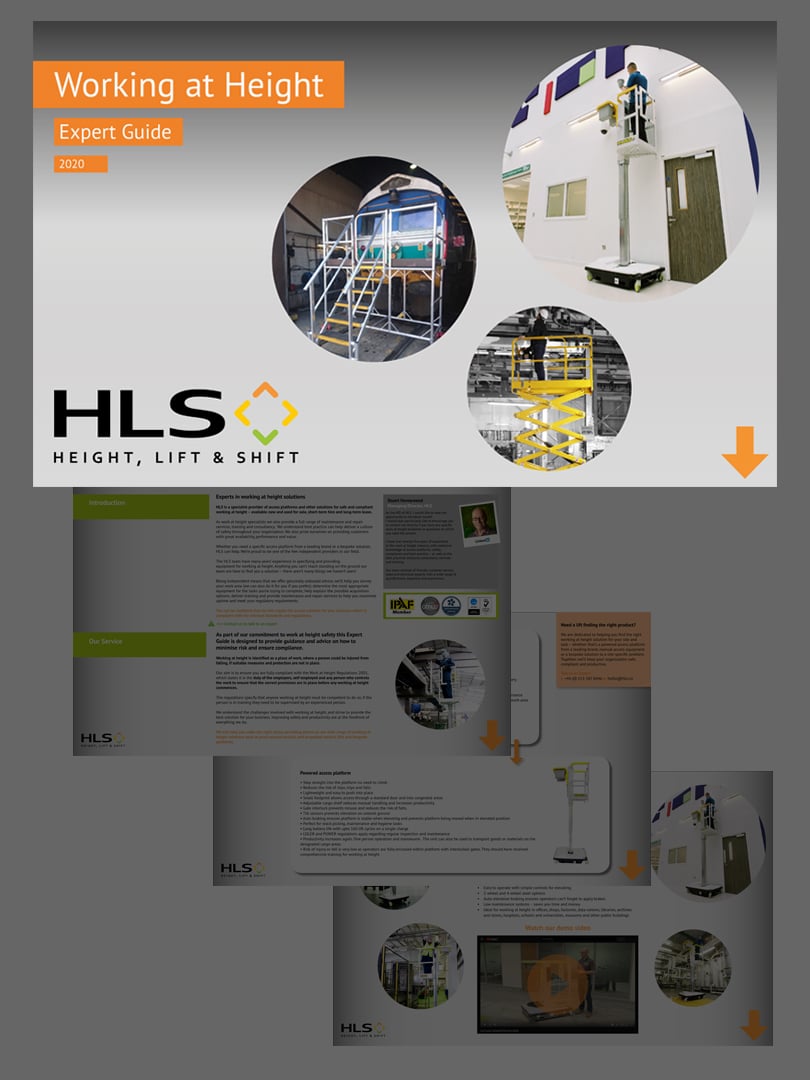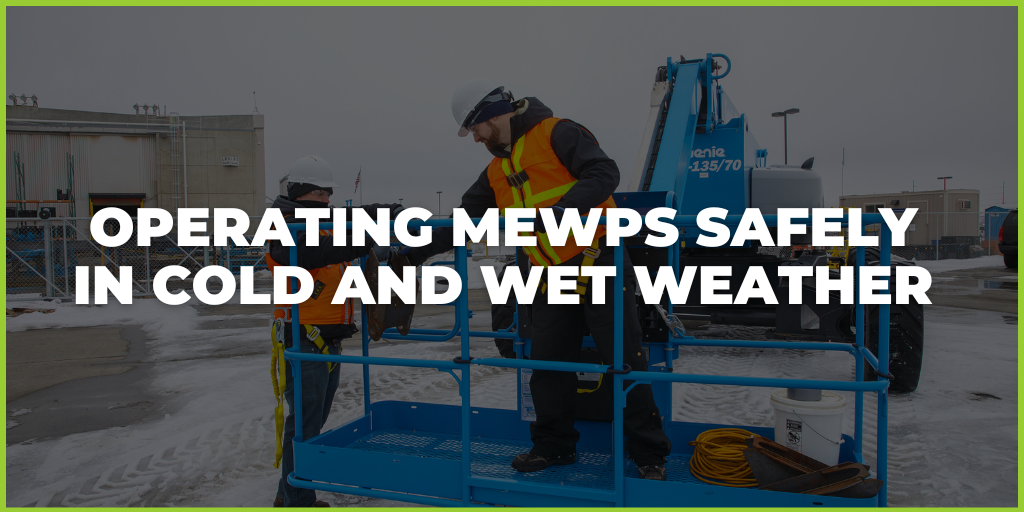Overcoming supply chain issues in 2022
In 2022, most businesses have faced a raft of supply chain challenges. According to the Institute for Government, “The causes of supply chain disruptions in the UK are complex. Labour shortages, Brexit trade barriers, global supply problems and panic buying have all contributed.” But one thing is clear, we’re not out of the woods yet. According to Parliament, “The imbalance of (strong) demand and (disrupted) supply is leading to rising prices and higher transport costs. For example, shipping costs were at record highs in September 2021, according to the Drewry World Container Index.” So, if you’re interested in overcoming supply chain issues in 2022, we’ve collected a few suggestions.
What are the core supply chain issues?
Global transit is slowed. Regardless of why -be it the pandemic, worker deficits or border issues- the slowdown is affecting manufacturers of all sizes. And that means that it can take longer to source parts for machine repairs. The result is a rickety boat of potential cascade failures among most organisations. Add to that, the lead time on getting new equipment is rising as high as 52 weeks. That means that if a machine does fail you can’t simply buy a new one. But what can you do to stave off these risk factors? We believe the key is advanced planning and preventive maintenance.
Here’s why:
Preventative maintenance
With all these supply chain issues, it’s more important than ever to make sure you have planned maintenance in order. If you’re not doing daily checks to keep machines running, then you’re not giving yourself time to plan ahead for repairs. With these supply chain issues, you need to identify repair needs weeks or even months in advance. That’s because sourcing parts is now taking considerably longer. To limit the impact on productivity and avoid downtime of your work at height equipment, train your teams to complete a daily checklist before using any piece of equipment and report their concerns to management for immediate consideration.
Plan ahead for equipment procurement
Not only is there a long wait for parts, but there can also be a 52 week lead time for any new equipment. So, if something does break, you can’t fix it or buy a new machine quickly. So, you’ll want to get really forward-thinking about your equipment procurement. With investment money from the government for the purchase of new equipment in the form of the super deduction tax break, there’s no reason to delay. Take a longer look at your plant’s needs for 2023 and beyond. With a nearly year-long wait for equipment, you don't want to get caught behind your scaling requirements. Factor in your growth projections and what that will mean for your equipment needs, then place those orders sooner rather than later to avoid being caught out.
If you need help overcoming supply chain issues in 2022, our team is standing by. From planning equipment procurement to creating a culture of preventative maintenance, let us help you meet these challenges. Speak to a work at height specialist.





